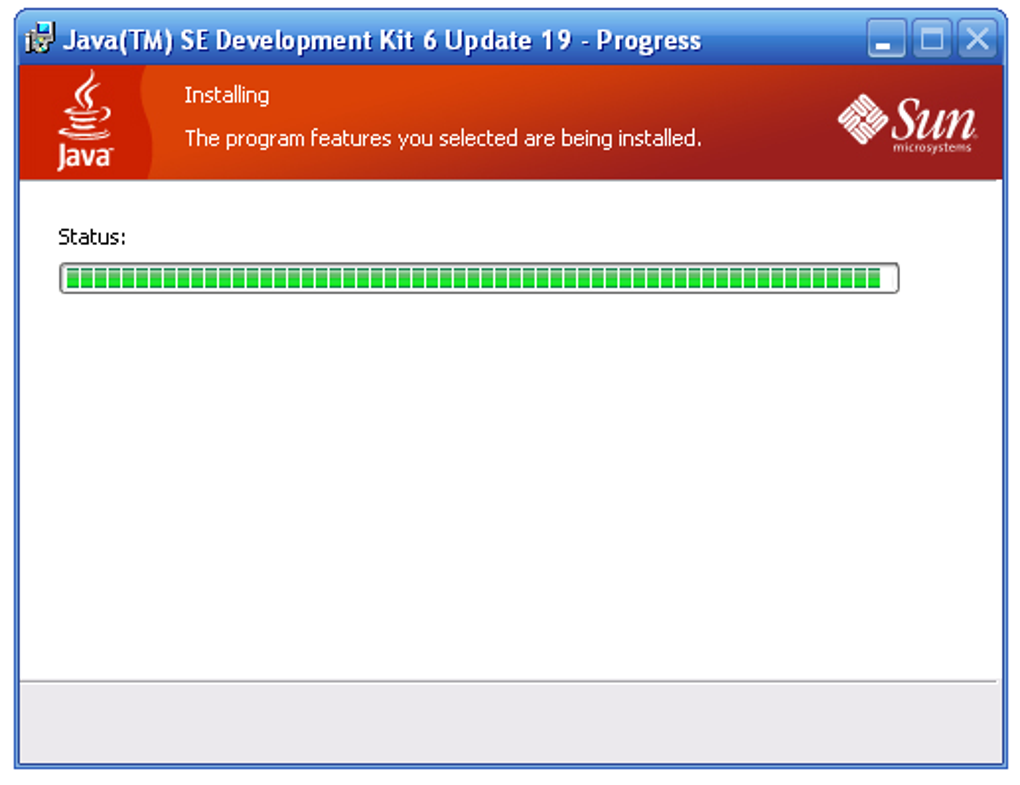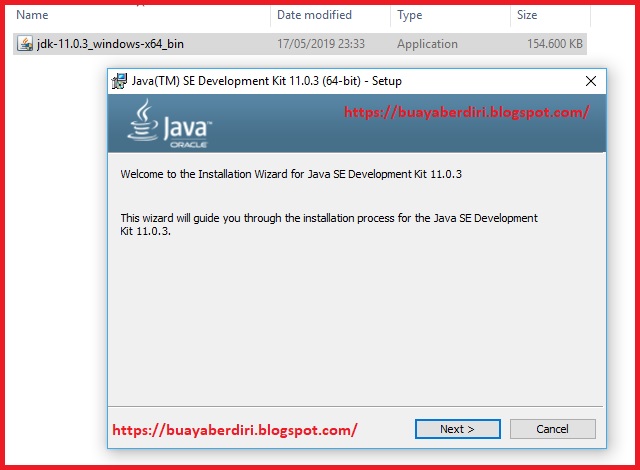

Create a device app that updates reported properties For more information and ways to work around this issue, see Connecting to IoT Hub (MQTT). This port may be blocked in some corporate and educational network environments. The device sample in this article uses MQTT protocol, which communicates over port 8883. Make sure that port 8883 is open in your firewall. Make sure you select Java 8 under Long-term support to get to downloads for JDK 8. Create one with the CLI or the Azure portal.Ī registered device. See Azure IoT SDKs for more information about the SDK tools available to build both device and back-end apps. simulated-device: a simulated device app that connects to your IoT hub and reports its connectivity condition.add-tags-query: a back-end app that adds tags and queries device twins.

In this article, you create two Java console apps: Query devices from your back-end app using filters on the tags and properties previously created. Use a simulated device app to report its connectivity channel as a reported property on the device twin.


 0 kommentar(er)
0 kommentar(er)
